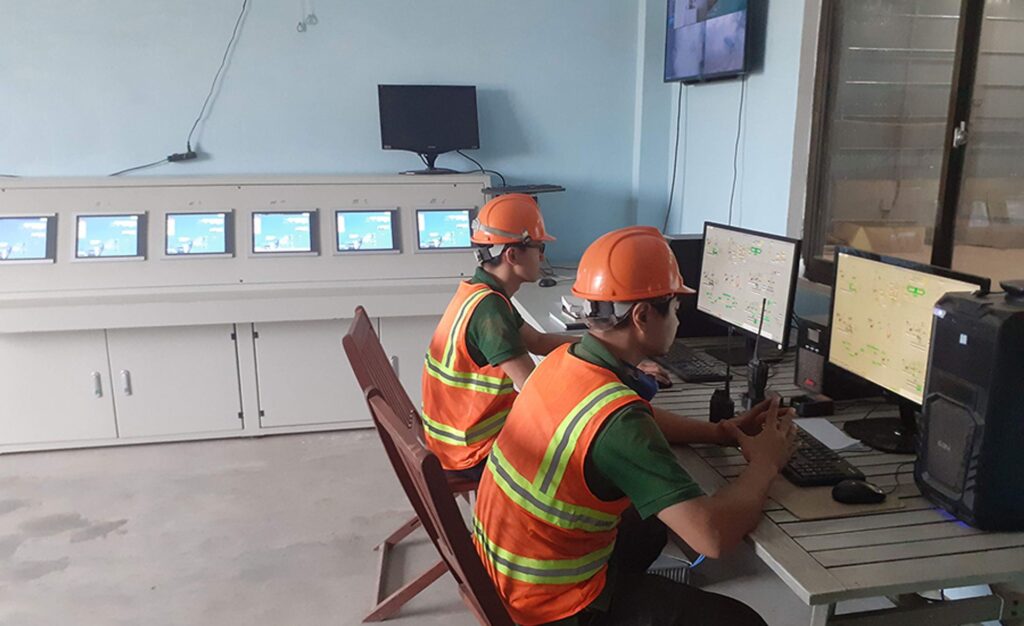An Interview with Food Engineering Magazine
By Wayne Labs
Indoor farming has seen a substantial increase the past few years, and the category continues to grow. Vertical farms can be controlled to maximize production year round, while using precise amounts of finite resources, like water, preventing waste in the process.
To realize an effective ROI for the cost of a vertical farm and its equipment, all the inputs—water, chemicals, lighting, temperature, humidity and more—need to be tightly controlled. While the process variables for growing produce indoors may seem simple, there are elements that must work together to be successful.
A greenhouse automation system can’t afford to make mistakes, because losing control of a single crop is costly.
“Two major problems with CEA facilities are data silos and a lack of compatibility with common data interchange protocols.“
— Kenneth Tran, founder & CEO, Koidra
Why CEA?
Tran: CEA offers fertile ground for control innovations because of its life-science factor and complex processes intertwining physics and biology. This combination is a reason why we don’t often see the presence of mainstream automation companies in this market. However, if we can conquer the CEA market, we can conquer many conventional manufacturing domains.




